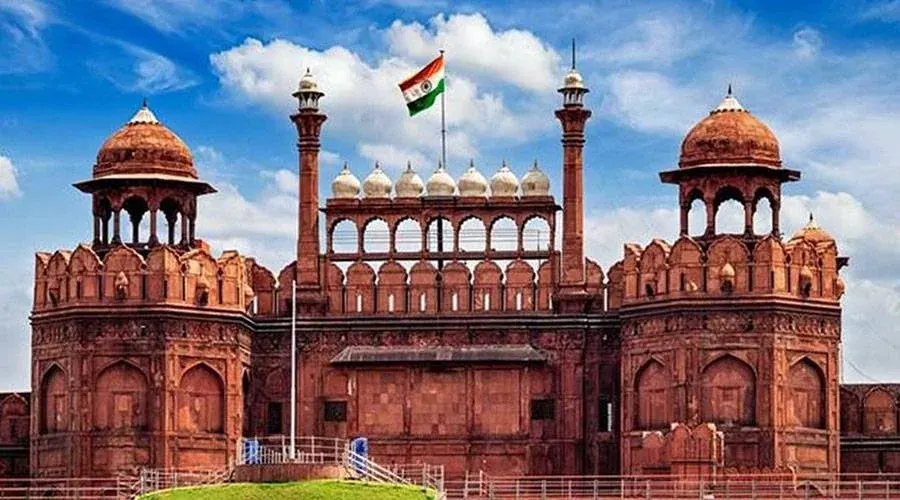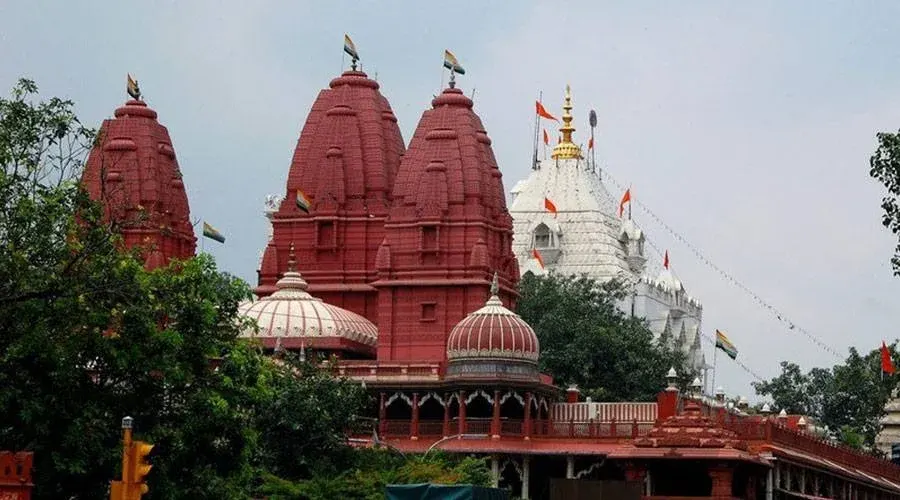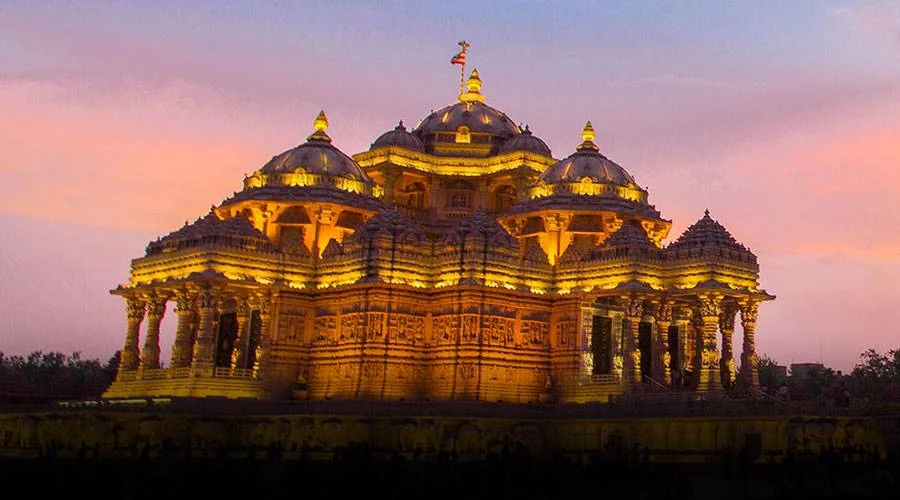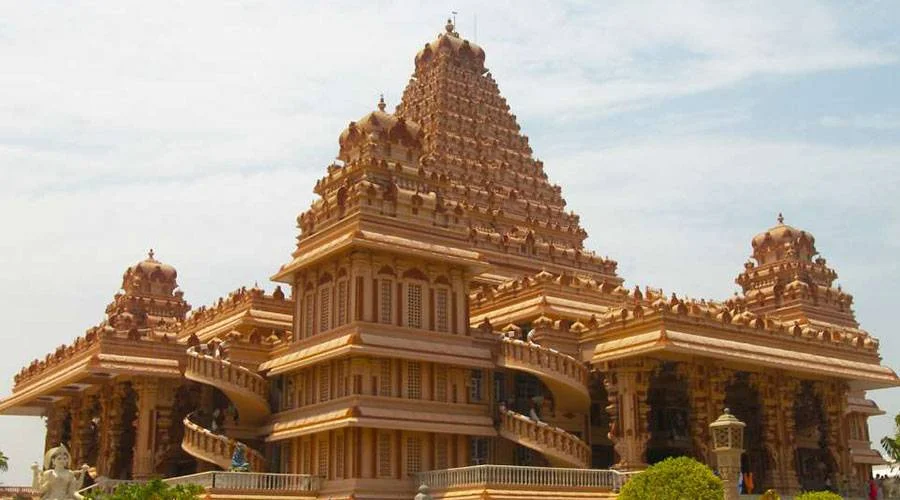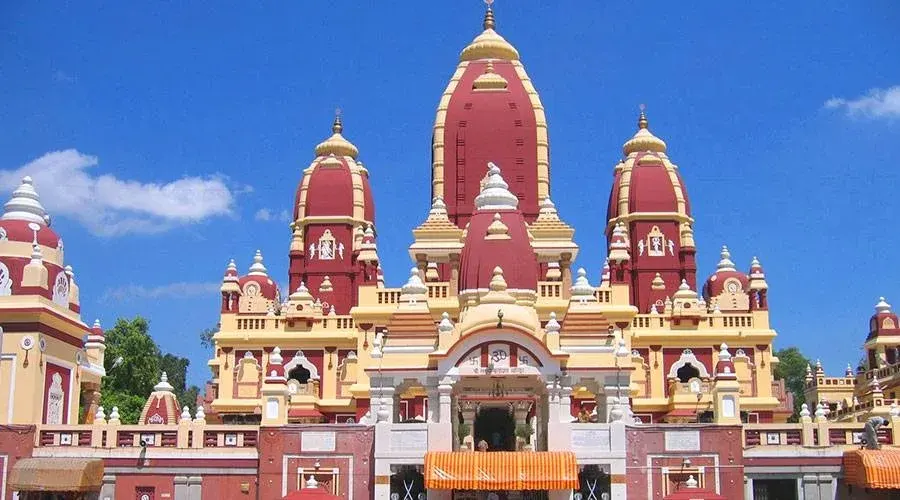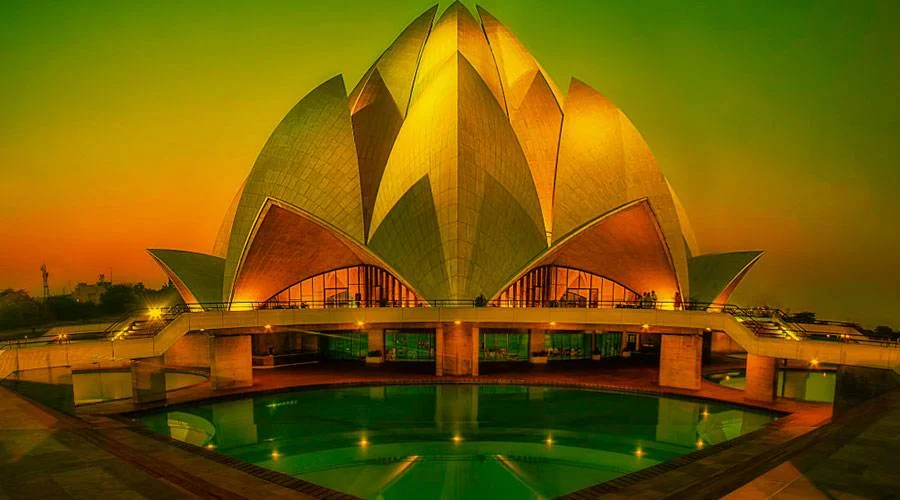Gurudwara Sis Ganj Sahib, Delhi
On the glitz and glamouring streets of Chandni Chowk, there is located one of the most popular Sikh pilgrimage centers in Delhi - Gurdwara Sis Ganj Sahib. The gurdwara was constructed in the year 1783 by Baghel Singh to pay honor to the martyrdom site of Guru Tegh Bahadur - the ninth Sikh Guru. This historical site in Delhi was built at the same spot where Guru Tegh Bahadur was decapitated on edicts of Aurangzeb - the great Mughal Emperor. However, the present building of this popular gurdwara in Delhi was built in the year 1930. Inside the complex of the gurdwara, there is a preserved tree where Guru Teg Bahadur was beheaded which now holds a sacred significance. Along with that, a well is also preserved where he used to drink the water during his prison time.
Every day, thousands of devotees visit this place to commemorate the guru. Besides, the gurdwara vicinity also includes a prayer hall which is a two-story structure accompanied by glass chandeliers and a high ceiling. Along with that, the holy book of Guru Granth Sahib is also kept at the front. In the prayer hall, one can listen to the reciting of holy texts and the bhajan kirtans. Gurdwara Sis Ganj Sahib also has a separate dedicated building for langar where food is served to devotees without a halt. Numerous things set this place apart from other sacred sites in Delhi; of those, one is that the gurdwara signifies the love and unity amongst people of the society irrespective of race, religion, and gender. Moreover, the Sikh gurus inside the gurdwara are also very much helpful and kind to the people.
History
The Guru was a true braveheart & had a tremendous following. One of his disciples stole his beheaded body from where it had been kept for the night before being quartered in public the next day & set fire to his own house to give the sacred body a proper cremation.
Another courageous disciple stole the Guru’s severed head or Sis (pronounced as ‘Sees’ or ‘Sheesh’) & cremated it at Anandpur Sahib in Punjab. A Gurudwara by the very same name (Sis Ganj) stands at the site of the cremation of his sacred head as well.
Across the narrow road from the Gurudwara stands a small shrine marking the area where three of the Guru’s closest disciples were individually burnt alive, boiled in a cauldron & cut in half as part of the severe atrocities committed by the emperor on hundreds of the Guru’s followers during that period. Beholding these vile acts depicted at this spot as an artist’s reconstruction still sends a chill down the spines of the onlookers.
Architecture
The Sis Ganj Gurudwara is built in the Mughal architectural style with mesh-work windows, pavilions & parapets all in sandstone instead of the usual white marble like the other Gurudwaras. It is known to have served as a Mosque & a Gurudwara alternating itself owing to the sensitive political climate for a long time before finally being converted into a full-fledged Gurudwara with Gold-Gilded Domes In 1930.
It has a separate building that serves as the Langar (free kitchen) as well as accommodation for visitors & the homeless. It also houses relics from the Guru’s life, such as the well from where he drank while in prison there & the trunk of the tree under which he was executed. Devotees come here from far & wide to pay their respects to the brave Sikh Guru.
The main prayer hall is a beautiful two-story structure with a high ceiling, huge glass chandeliers & the Guru Granth Sahib, the Sikhs’ Holy book is kept in all regalia at the front. Holy texts are recited, explained & Bhajan Kirtans (devotional songs) are sung in the praise of the Lord all day long.


